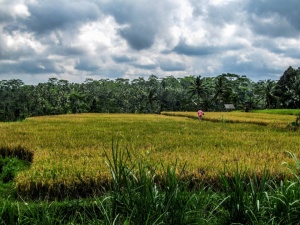Creating sustainable futures/CSF103/Backcasting/Backcasting explained
Forecasting assumes that current trends and demand patterns will continue into the future. Because plans are then made to meet and cope with this future, actions tend to turn the prediction into reality.
For example, a government agency might look at data for the growth in road traffic. Using that growth rate, the decision-makers might reach the conclusion to predict a future increase of 50% over the next 10 years. This conclusion then leads to the decision to build more capacity for the road network, to meet the predicted demand. But, what if - instead - the government agency set a goal of reducing road traffic by 20% and used that goal to shape its policy and decisions. What might the different outcome be?
Backcasting is a more creative way of shaping the future. It’s about beginning with the desired end firmly in mind. It allows us to decide what we want the future to look like, and then to implement plans, decisions and actions that are designed to bring that future about. It’s about actively shaping the future, rather than simply allowing the future to happen to us.


